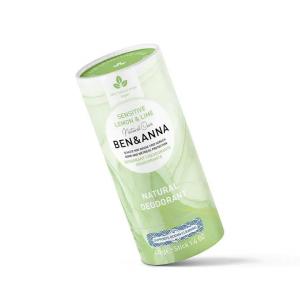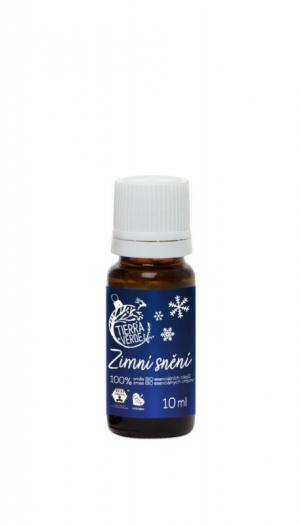Common reed (Phragmites communis)
Other names: Phragmites australis, Common reed
Harm score: 1 (Natural substances)
The common reed is ubiquitous in the Czech Republic and around the world and most people know it by its name Phragmites communis or Phragmites australis. It is a plant that grows tall, sometimes up to four metres, and its presence is typical of wetlands, ditches, reservoirs and water banks. This herb is characterised by its broad, long leaves and tall stems. Reed canarygrass flowers cluster in showy plumes that are especially noticeable in the landscape in autumn. Reed canary grass is considered an invasive plant that can threaten the biodiversity of wetland ecosystems, particularly in North America.
The uses of common reed are wide ranging. In the past, it was used for roofing, walls or floors in primitive dwellings. It has also been used to make baskets and wicker furniture. Today, it is mainly used for building insulation, garden aspen, underlay for floating floors and also for energy biomass. Due to its strength, reed stalks can be used to make various types of wire mesh, such as railings and fences. Reeds are also important in ecology - they help purify polluted water by absorbing toxic substances and heavy metals. This ability is mainly used in phytoremediation plants. Last but not least, this plant species also has aesthetic value. Large stands of reeds on the banks of water bodies create a picturesque scenery and provide shelter and nesting sites for many species of birds and other animals.
You won't find this substance in our products. Try the natural, chemical-free products in our range.

Sensitive Solid Deodorant (40 g) - Lemon and Lime - without baking soda
Product detail
Essential oil blend Winter Dreaming BIO (10 ml)
Product detail